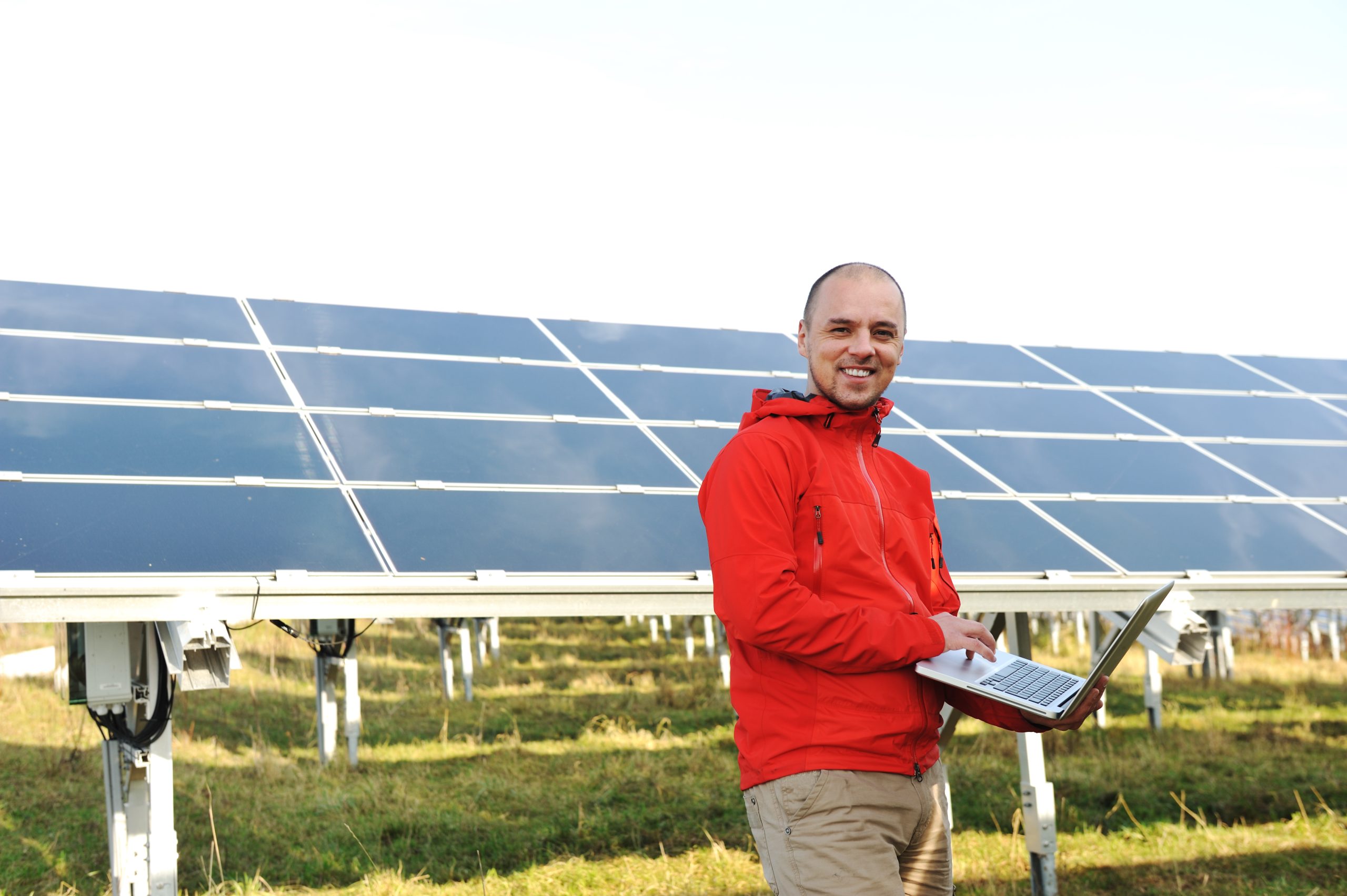We live in an era where climate change is at the forefront of our minds. People are becoming more aware of their carbon footprint and looking for ways to reduce it. One way to do this is by using solar power as your source of energy. Solar power has numerous benefits that make it an attractive option for homeowners, businesses, and even governments. In this article, we will explore what solar power is, its benefits, how much it costs, types of panels available, DIY installation tips, and maintenance advice.
Introduction to Solar Power
Solar power involves harnessing the sun’s energy through photovoltaic cells which convert light into electricity. These cells are made up of semiconductor materials such as silicon, which absorb photons from the sun’s rays and release electrons, creating an electrical current. This current can be used immediately or stored in batteries for later use.
The Benefits of Using Solar Energy
There are several advantages to using solar power as your primary source of energy. Some of these include:
1. Cost savings – While there may be an initial investment required to install solar panels, once they are installed, you can expect to save money on your monthly utility bills. Depending on your location and system size, you could potentially generate enough electricity to cover all of your energy needs.
2. Environmental benefits – By switching to solar power, you can significantly reduce your carbon footprint. Solar power generates no greenhouse gas emissions, making it one of the cleanest forms of energy available.
3. Increased property value – Homes with solar systems tend to sell faster and for higher prices than those without them. If you plan on selling your home in the future, installing solar panels now could increase its resale value.
4. Energy independence – With solar power, you become less reliant on external sources of energy. This means that you have greater control over your energy consumption and can avoid potential blackouts or outages.
How Much Does a Solar System Cost?
The cost of a solar system depends on various factors such as the size of the system, the type of panels used, and the location of the installation. On average, residential solar systems range from $5,000 to $20,000 after tax credits and rebates. However, many homeowners choose to finance their solar systems, allowing them to pay off the cost over time while still enjoying the benefits of lower energy bills.
Types of Solar Panels and Their Efficiency Rates
There are several different types of solar panels available, each with varying levels of efficiency rates. Here are some common types of panels and their efficiency rates:
1. Monocrystalline – These panels are made from a single crystal of silicon and have an efficiency rate of around 20%. They are highly efficient but also expensive.
2. Polycrystalline – These panels are made from multiple crystals of silicon and have an efficiency rate of around 18%. They are slightly less efficient than monocrystalline panels but more affordable.
3. Thin-film – These panels are made using thin layers of photovoltaic material deposited onto a substrate. They have an efficiency rate of around 10% but are lightweight and flexible, making them ideal for certain applications.
DIY Solar Panel Installation Tips
While professional installation is recommended for most solar systems, some homeowners opt to install their own solar panels. Here are some tips if you decide to go the DIY route:
1. Plan carefully – Before beginning any installation, make sure to thoroughly research the process and plan out every step. This includes determining the best placement for your panels, calculating your energy needs, and selecting the appropriate equipment.
2. Follow safety precautions – Working with electricity can be dangerous. Make sure to follow all necessary safety precautions, including wearing protective gear and ensuring that all wiring is properly grounded.
3. Use high-quality components – When choosing components for your solar panel, opt for ones that are durable and reliable. Cheap components may save you money initially, but they could end up costing you more in the long run due to repairs or replacement.
Maintaining Your Solar Batteries for Optimal Performance
Once your solar system is installed, proper maintenance is essential to ensure optimal performance. Here are some tips for maintaining your solar batteries:
1. Keep them clean – Dirt and debris can accumulate on your solar panels, reducing their effectiveness. Regularly clean your panels with a soft cloth and water to keep them free of dust and grime.
2. Check for damage – Inspect your solar panels regularly for signs of damage, such as cracked glass or loose connections. Repair any issues promptly to prevent further harm to your system.

3. Maintain battery storage – Properly maintaining your solar batteries is crucial to ensuring they last as long as possible. Avoid draining them completely, and charge them regularly to extend their lifespan.
Conclusion
In conclusion, solar power is a fantastic alternative to traditional energy sources. It offers numerous benefits, including cost savings, environmental benefits, increased property values, and energy independence. Whether you choose to install solar panels yourself or hire a professional, taking steps towards cleaner energy is a wise decision for both you and the planet.